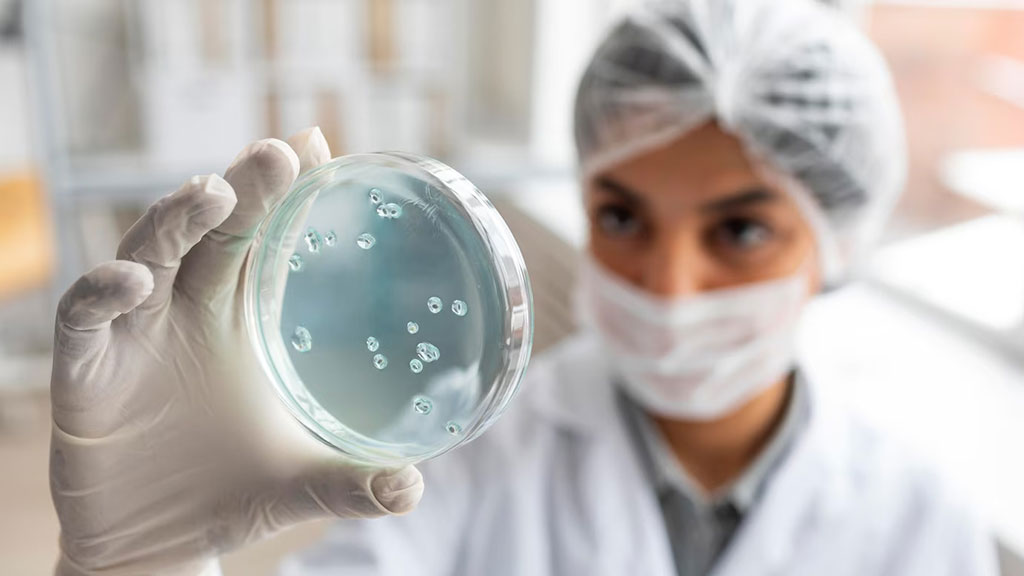Novel Diagnostic Technique Could Revolutionize Identification of Pathogens in Biological Samples
Posted on 26 Apr 2023
In cases where a patient suffers from an infection, particularly in their bloodstream, traditional methods can take up to seven days to identify pathogens. This delay impedes prompt and accurate diagnosis and treatment, negatively affecting the patient's prognosis. A similar lag occurs in cell therapy product manufacturing, where it can take seven to 14 days to detect contaminants like bacteria, viruses, and fungi. As cell therapy products cannot be sterilized, early contaminant detection is crucial to restart the production cycle, ensuring the safe and prompt delivery of these products to patients.
A research team from the Singapore-MIT Alliance for Research and Technology (SMART, Singapore) is developing an innovative diagnostic method capable of quickly identifying low-abundance pathogens in biological samples. In prior research, the team developed electrostatic microfiltration as an efficient sample preparation device for bacteria enrichment. Their current goal is to integrate this microfilter with mainstream detection methods, allowing for bacterial detection using digital loop-mediated isothermal amplification—a type of polymerase chain reaction (PCR). The resulting system will be fast, single-use, portable, and user-friendly, eliminating the need for a highly specialized facility. Additionally, it will be compatible with other advanced downstream detection techniques and can easily be incorporated into existing commercial kits or facilities to enhance detection method performance.

“This project builds on on-going projects at SMART focused on separating viruses and bacteria – which are much smaller than mammalian cells – from biological samples, and could revolutionize the way pathogens are identified,” said Dr. Yaoping Liu, Senior Postdoctoral Associate at SMART CAMP, who is leading the research team. “The use of an efficient and relatively cost-effective method could significantly improve the prognosis of sepsis and other infectious diseases, and allow the delivery of timely and more personalized care.”
Related Links:
SMART














